Invasive plants can wreak havoc on your flower beds, outcompeting native species, crowding out desired plants, and disrupting the balance of your garden ecosystem. Controlling invasive plants is essential for protecting the health and beauty of your flower beds and preserving biodiversity. In this comprehensive guide, we’ll explore effective strategies for identifying, managing, and eradicating invasive plants to reclaim your flower beds and create a thriving garden environment.
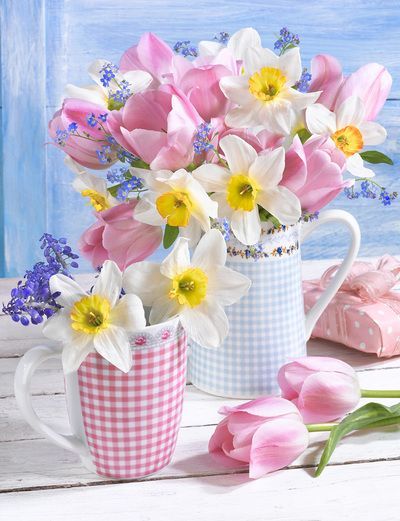
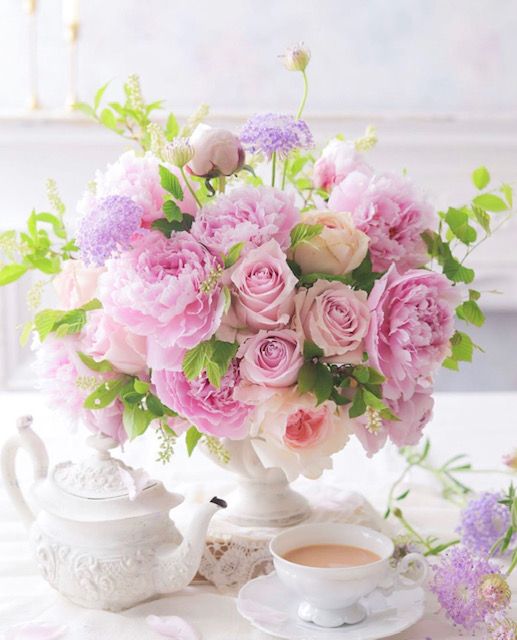
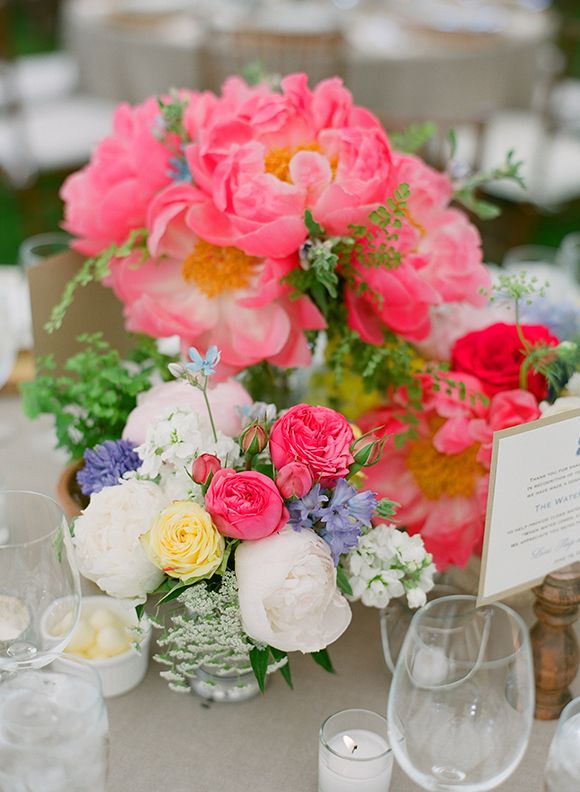
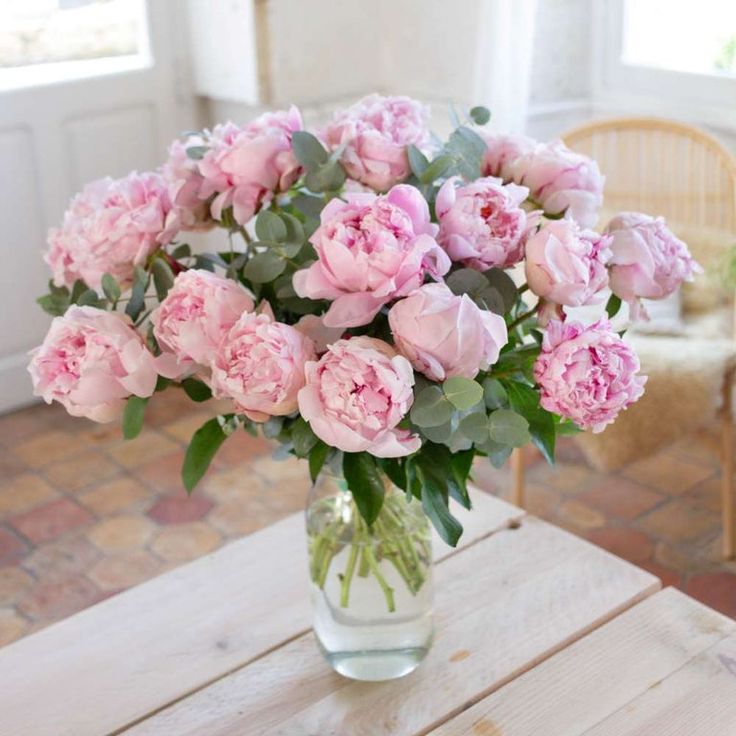
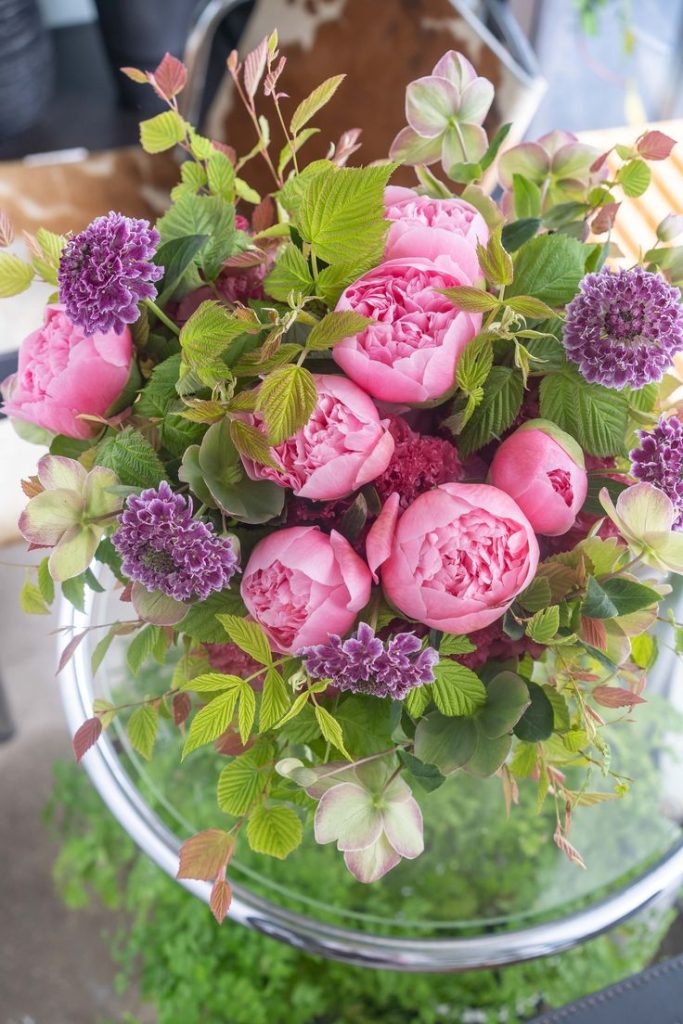
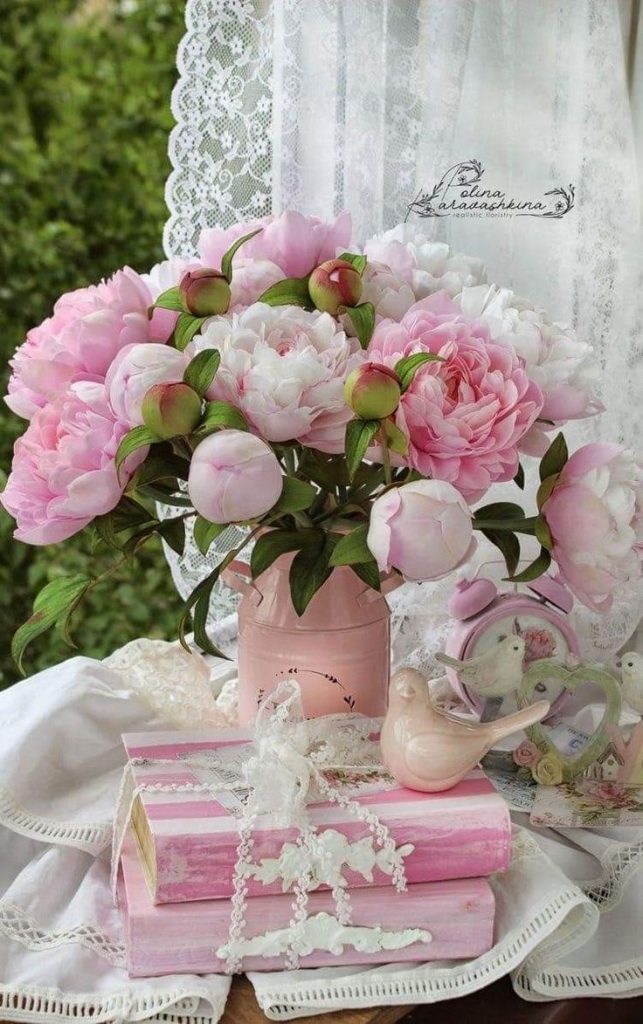
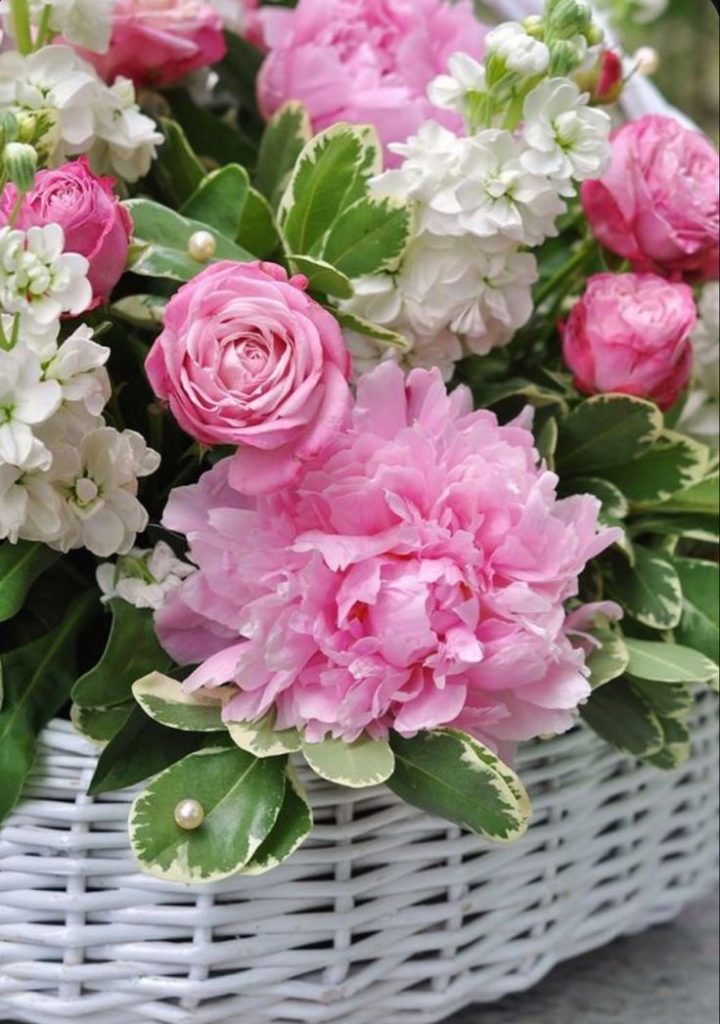

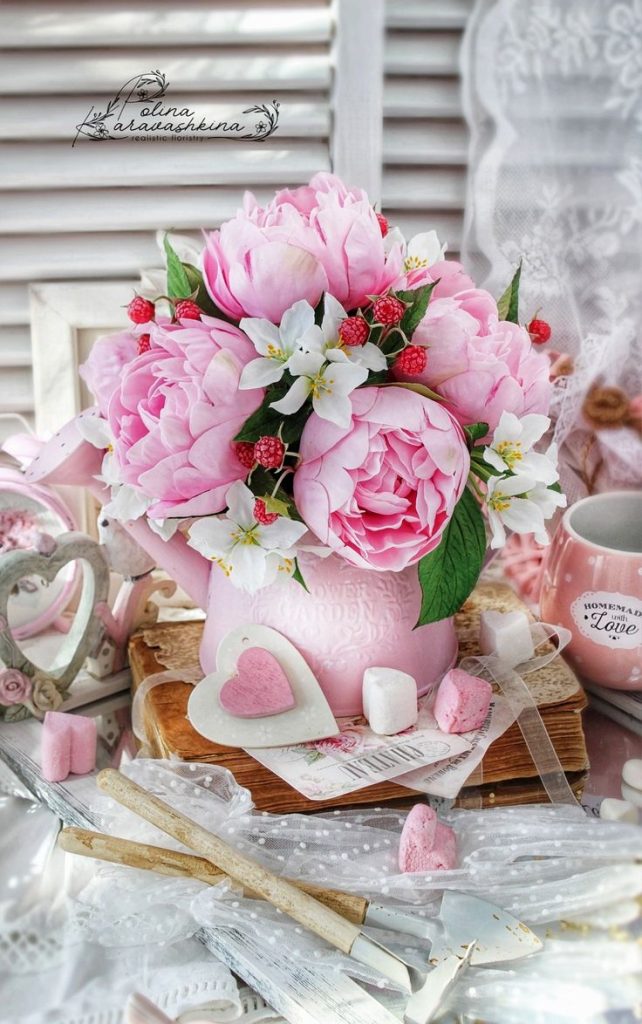
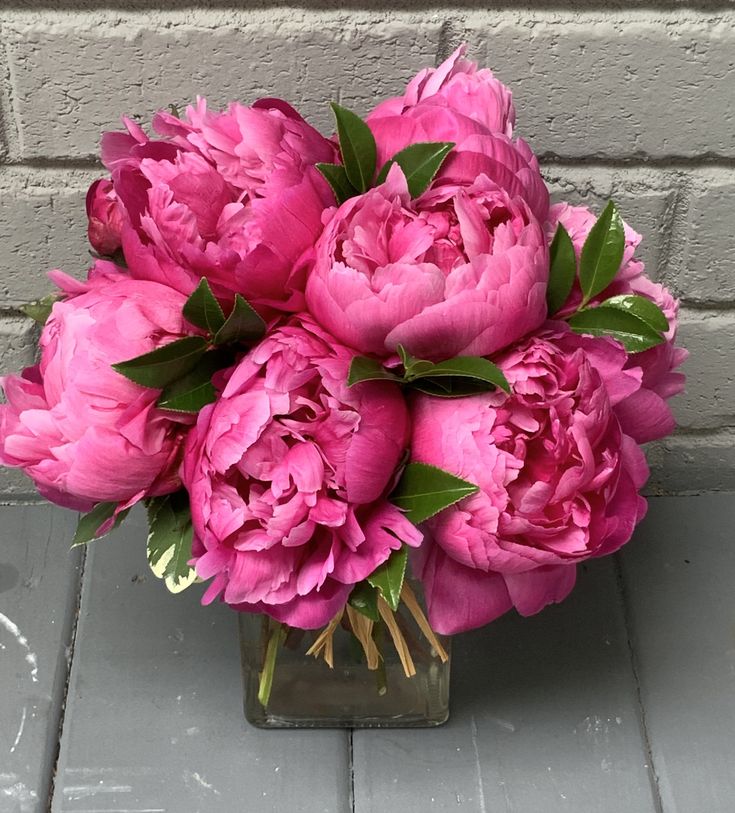
Understanding Invasive Plants
Invasive plants are non-native species that have the ability to spread rapidly and aggressively, often outcompeting native vegetation and causing ecological harm. These plants can disrupt natural ecosystems, displace native species, and degrade habitat quality for wildlife. Common examples of invasive plants include Japanese knotweed, purple loosestrife, and English ivy.
Identifying Invasive Plants
To effectively control invasive plants, it’s important to be able to identify them. Look for the following characteristics:
- Rapid Growth: Invasive plants often exhibit rapid and aggressive growth, quickly spreading and colonizing new areas.
- High Reproductive Capacity: Invasive plants produce large quantities of seeds, allowing them to spread rapidly and establish dense populations.
- Lack of Natural Predators: Invasive plants may lack natural predators or diseases that help regulate their population, allowing them to proliferate unchecked.
- Displacement of Native Species: Invasive plants outcompete native vegetation for resources such as sunlight, water, and nutrients, leading to the decline of native species.
Strategies for Controlling Invasive Plants
- Early Detection and Rapid Response: Monitor your flower beds regularly for signs of invasive plants and take action promptly to prevent their spread. Remove invasive plants when they are small and manageable, before they have a chance to establish large populations.
- Mechanical Control: Hand pulling, digging, and cutting are effective mechanical methods for controlling invasive plants, especially for small infestations. Be sure to remove as much of the root system as possible to prevent regrowth.
- Herbicide Application: In cases of severe infestation, herbicides can be used to control invasive plants. Selective herbicides target specific plant species while minimizing harm to desirable plants. Follow label instructions carefully and apply herbicides responsibly to minimize environmental impact.
- Biological Control: Biological control involves using natural enemies such as insects, pathogens, or grazing animals to control invasive plants. Biological control agents can help reduce the population of invasive plants over time, but they must be carefully researched and introduced to avoid unintended consequences.
- Preventive Measures: Prevent the introduction and spread of invasive plants by selecting non-invasive species for your flower beds, avoiding the purchase and planting of invasive species, and properly disposing of invasive plants to prevent their spread to new areas.
Conclusion
Controlling invasive plants is essential for protecting the health and integrity of your flower beds and preserving the biodiversity of your garden ecosystem. By understanding the characteristics of invasive plants, identifying them early, and implementing effective control strategies such as early detection, mechanical control, herbicide application, biological control, and preventive measures, you can reclaim your flower beds from invasive species and create a thriving garden environment. With diligence, persistence, and responsible stewardship, you can enjoy the beauty and diversity of your flower beds while safeguarding the natural world for future generations.